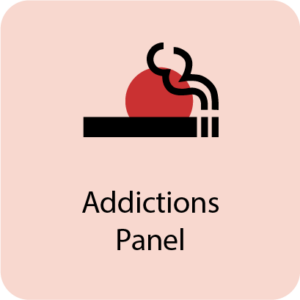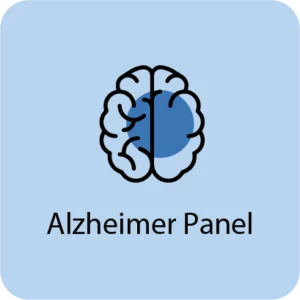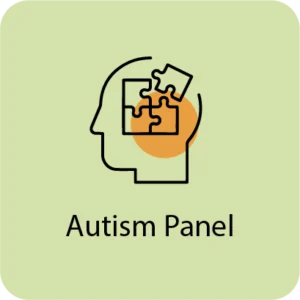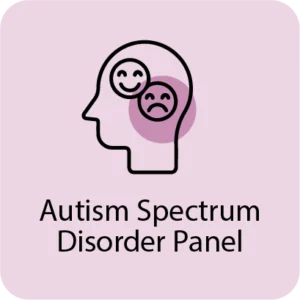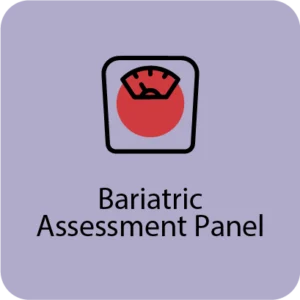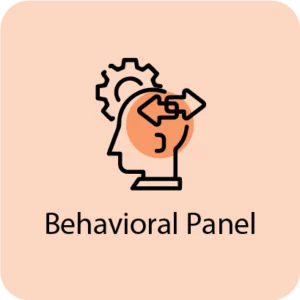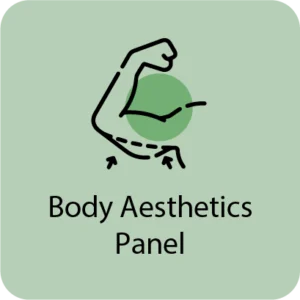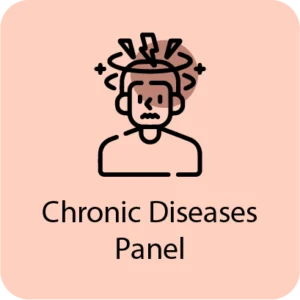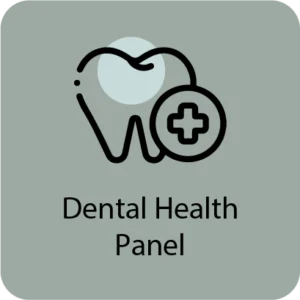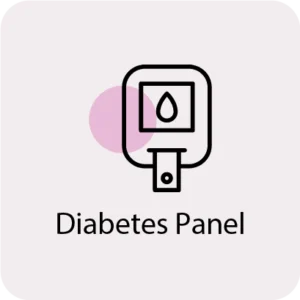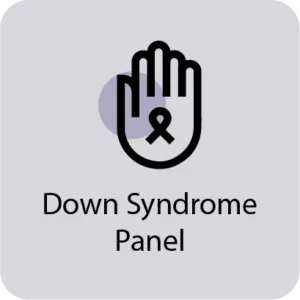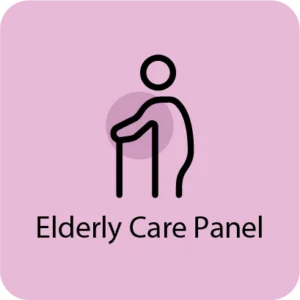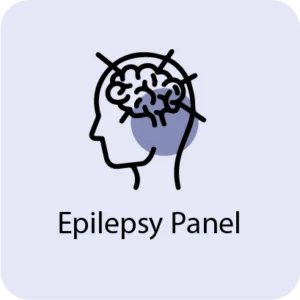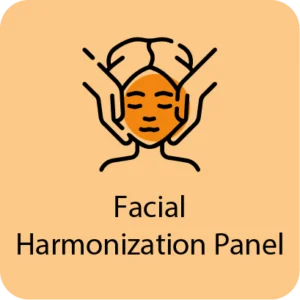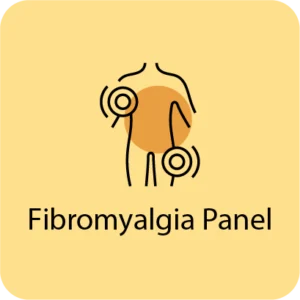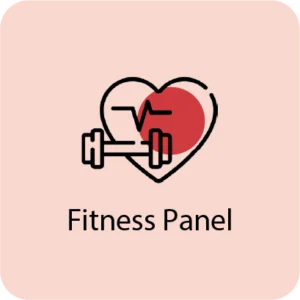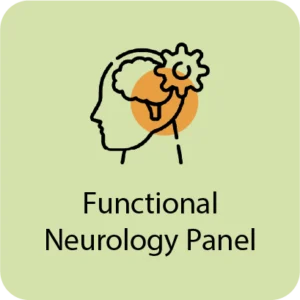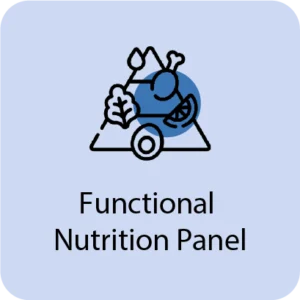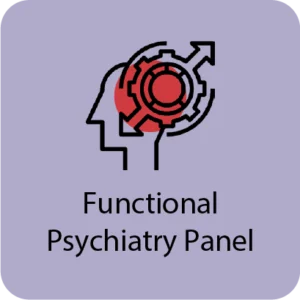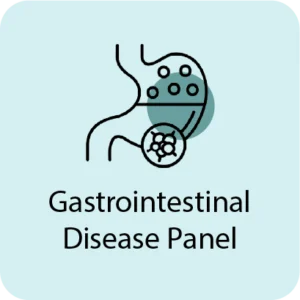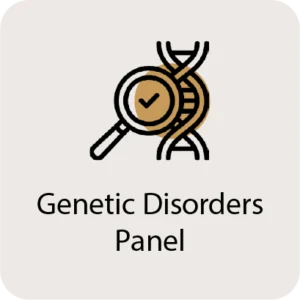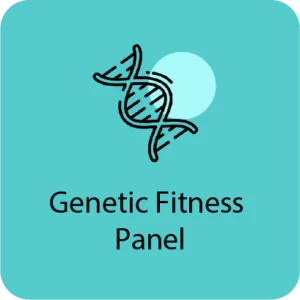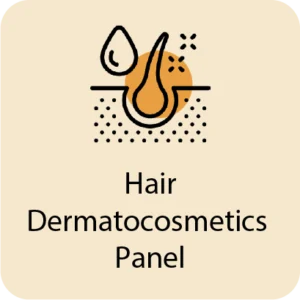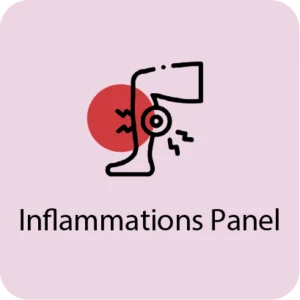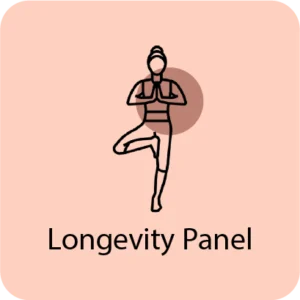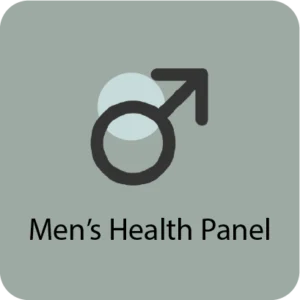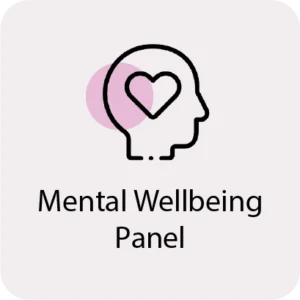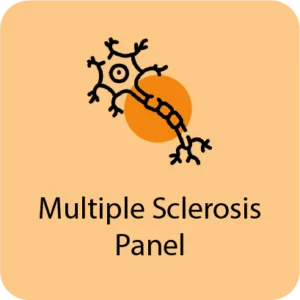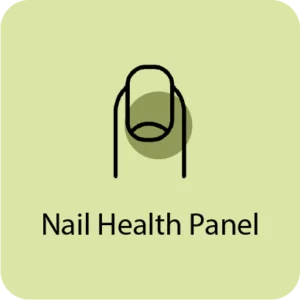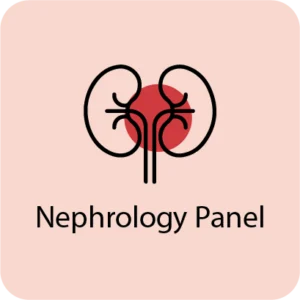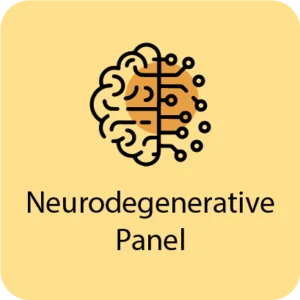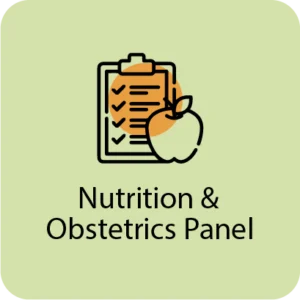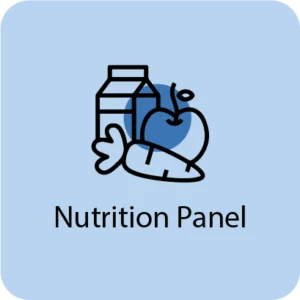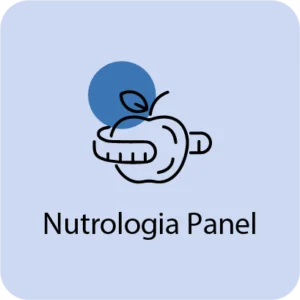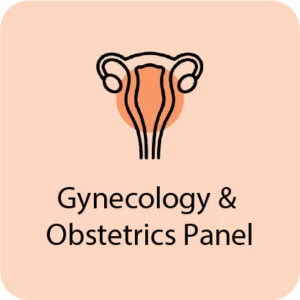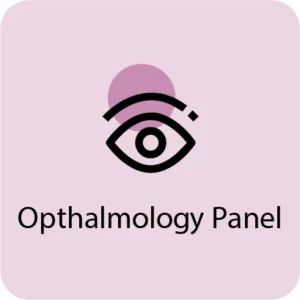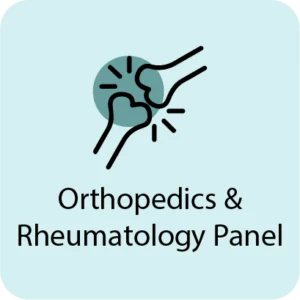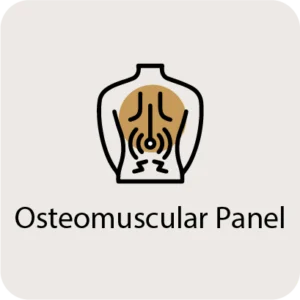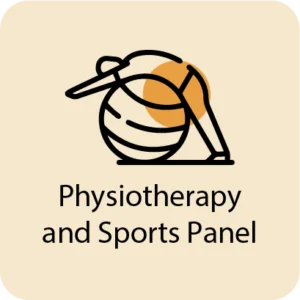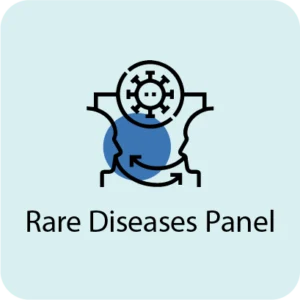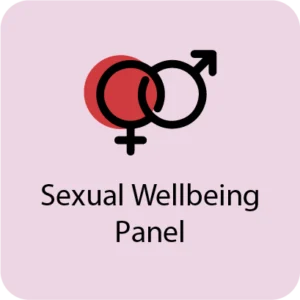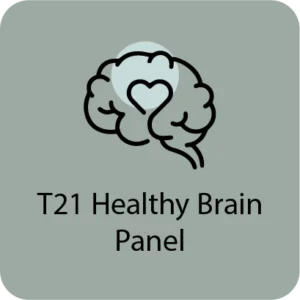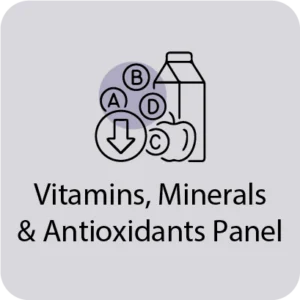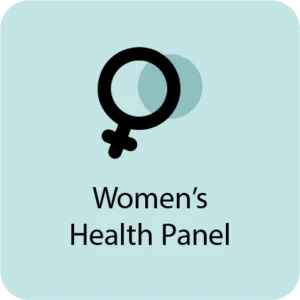Vocational
Vocational health, which is known as occupational health, completely focuses on promoting and maintaining the physical, mental, and emotional well-being of individuals. Some of the context of their work environment. Health encompasses a range of strategies and other practices which has all aimed at preventing work-related injuries and illnesses.
It also promotes healthy work environments and supports the employees in achieving optimal health and productivity at the same time. Vocational health professionals are those who have occupational health nurses, physicians, safety officers, and counselors. They are all known to play a crucial role in safeguarding the health and well-being of workers right across various industries.
Key Components of Vocational Health
-
Workplace Safety:
One of the basic goals of vocational health is to ensure workplace safety. This can be done nu identifying and mitigating hazards that might pose those risks to the employees. This includes conducting risk assessments. This implementing safety protocols and procedures, shall further provide personal protective equipment (PPE), and it shall offer offering on safe work practices.
-
Health Promotion:
Vocational health programs usually include those initiatives that are well aimed at promoting healthy lifestyles and behaviors among employees. It involves providing education and resources on topics like physical activity, nutrition, stress management, smoking cessation, and substance abuse prevention.
-
Injury Prevention:
This could be done under work-related injuries and musculoskeletal disorders by implementing ergonomic principles and ergonomic assessments. It is also recommended for ergonomic modifications to workstations, tools, and equipment to reduce the risk of strain and injury.
-
Illness Prevention:
In addition to physical health, some healthcare programs shall all address mental and emotional well-being in the workplace. It also includes identifying and addressing factors that might contribute to workplace stress, burnout, and mental health conditions. Other strategies might include offering counseling services, employee assistance programs (EAPs), and stress management workshops.
-
Health Monitoring:
Some health screenings and assessments for monitoring the health status of employees and identify any potential occupational health risks. It shall include some of the regular screenings for conditions like respiratory problems, hearing loss, and exposure to hazardous substances.
-
Return-to-Work Programs:
If there were employees who might experience work-related injuries or illnesses. Other health professionals shall all collaborate with employers and healthcare providers to facilitate safe and timely return-to-work plans. Such programs involve modified duty assignments, rehabilitation services, and great accommodations to support employees during their recovery process.
Benefits of Vocational Health
- Improved Productivity: By promoting employee health and well-being. The healthcare acts shall contribute to enhanced productivity and performance in the workplace.
- Reduced Absenteeism and Turnover: Healthier employees are just less likely to miss work due to illness or injury. This shall lead to lowered absenteeism and turnover rates.
- Cost Savings: Preventing some of the work-related injuries and illnesses can eventually result in significant cost savings for employers through reduced healthcare expenses. Workers’ compensation claims, and lost productivity under such issues are possible.
- Enhanced Employee Morale: Employees who might be supported in their health and well-being are more engaged, satisfied, and motivated as per their work. This shall all lead to higher morale and job satisfaction.
- Legal Compliance: Compliance with occupational health and complete safety regulations not only helps protect employees from harm but also helps employers avoid potential legal liabilities and penalties.
Challenges and Emerging Trends
Despite the numerous benefits of vocational health programs, there are various challenges and emerging trends that shape the landscape of occupational health:
-
Workplace Diversity and Inclusion:
As workplaces are more diverse, some of the programs must address the unique health and safety needs of a diverse workforce. This shall include some of the considerations that are related to age, ethnicity, gender, and disability.
-
Remote Work and Telecommuting:
The rise of such remote work and telecommuting shall all present new challenges for professionals to ensure the health and safety of employees. They take care of those who work from home or other remote locations. This might all include addressing ergonomic conditions, mental health concerns, and access to healthcare resources.
-
Technology and Automation:
Advancements in several technologies and automation might have transformed many industries. It all leads to new occupational health risks related to technology use, digital fatigue, and cybersecurity. The programs must adapt to such alterations by providing training and support for employees working with some technology-intensive tasks.
-
Mental Health and Well-being:
There is a growing recognition of the importance of mental health in the workplace, and it is also increasingly set focus on addressing stress, burnout, and mental health disorders among those employees. Such things shall include providing access to mental health resources, destigmatizing mental health conditions, and promoting work-life balance.
-
Pandemic Preparedness:
The COVID-19 pandemic shall highlight the importance of pandemic preparedness and several responses in the workplace. Those programs might now prioritize measures like workplace hygiene, infection control, remote work policies, and vaccination campaigns. It shall mitigate the spread of infectious diseases and shall protect employee health.
Vocational Health Across Different Life Stages and LifeCode’s Help For The Same
It is well crucial at every stage of life. It shall encompass various aspects of well-being that are influenced by one’s occupation and lifestyle choices. Below we shall explore vocational health from those two distinct perspectives: Kids Health and Lifestyle Health.
Kids Health
Children’s health is known to be fundamental for their development, growth, and future success. The interventions at such stage shall all focus on promoting healthy habits, which shall prevent injuries, and ensure a safe environment conducive to learning and exploration.
As a healthcare provider, we prioritize the health and well-being of children. It shall all recognize the importance of laying a strong foundation for those future successes. Through our healthcare programs for kids, we offer.
-
Physical Health:
The initiatives for kids shall prioritize nutrition, physical activity, and regular health check-ups. Some of the physical education programs in schools should promote active lifestyles, while nutritious school meal programs support healthy eating habits.
The physical education programs in some of the schools and community centers shall help in promoting active lifestyles. Other healthy habits from a young age shall occur. We provide resources and proper guidance on exercise, nutrition, and some regular health check-ups to support children’s physical development.
-
Mental Health:
Supporting children’s mental health is much needed for overall well-being. Some efforts address stress management, bullying prevention, and other provision of counseling services. This shall all support children’s emotional needs.
We do offer counseling services, stress management workshops, and other bullying prevention programs for addressing children’s emotional needs. It shall further promote positive mental health outcomes.
-
Safety Education:
Teaching kids about those safety measures in various environments, like school, home, and recreational areas. It plays a vital role in injury prevention. Several programs provide education on topics including fire safety, road safety, and water safety to empower children to make safe choices.
The safety education initiatives teach children about important safety measures in various environments. It includes school, home, and recreational settings. We further empower children to make some of the safe choices. It also helps in preventing injuries through education on topics like road safety, fire safety, and water safety.
-
Ergonomics and Posture:
Educating children about proper ergonomics and posture when using technology devices or carrying backpacks can help. It helps prevent musculoskeletal issues and discomfort.
We do educate children about proper ergonomics and posture to prevent musculoskeletal issues and discomfort. We especially use technology devices or carry heavy backpacks.
Lifestyle Health
Some lifestyle health refers to the choices some individuals make in their daily lives that impact their mental, physical, and emotional well-being. The interventions in this category aim to promote healthy lifestyle behaviors and mitigate occupational health risks that are well associated with certain professions.
In addition to supporting kids’ health, we do recognize the importance of promoting some of the healthy lifestyle behaviors and mitigating occupational health risks among those adults. Through our healthcare programs for lifestyle health, we offer:
-
Physical Activity and Exercise:
Encouraging performance of regular physical activity and exercise is well needed for sustaining overall health. It lowers the risk of chronic diseases like diabetes, obesity, and heart disease. The programs shall offer fitness classes, workplace wellness initiatives, and some ergonomic assessments to support employees in staying well active.
Our workplace wellness initiatives like ergonomic assessments, fitness classes, and incentives to encourage some regular physical activity and exercise among employees.
-
Nutrition and Diet:
A balanced diet is well fundamental for optimal health and performance. They take proper initiative which is well provided as nutrition education, and healthy eating resources. Access to nutritious food options in those workplace cafeterias or some vending machines.
We do provide nutrition education, healthy eating resources, and well access to nutritious food options in those workplace settings. It shall all help in supporting employees in making healthy dietary choices.
-
Stress Management:
Workplace stress can have some sort of adverse effects on physical and mental health. Some programs might offer stress management workshops, relaxation techniques, and counseling services to help employees cope with stress effectively.
Our stress management workshops, proper relaxation techniques, and counseling services might help employees cope with workplace stress and sustain optimal mental health.
-
Work-Life Balance:
Achieving a proper healthy balance that is between work and personal life. It is well essential for their overall well-being. Vocational health shall effort to promote flexible work arrangements, and time management skills, and some of the boundary-setting strategies shall support employees in sustaining a harmonious work-life balance.
We do promote work-life balance through some of the flexible work arrangements, time management skills training, and initiatives that encourage employees to prioritize their well-being.
-
Occupational Hazards:
Some of the occupations pose specific health risks due to exposure to hazardous materials, repetitive motions, or ergonomic challenges. The professionals shall all conduct some of the risk assessments. It shall also provide safety training, and some might implement preventive measures to mitigate occupational health hazards. It shall protect workers’ health.
Our occupational health programs have risk assessments, safety training, and preventive measures to address some of the occupational hazards and it shall protect workers’ health in various industries.
Here we are dedicated to improving the health and well-being of individuals right across all stages of life. Through our vocational health initiatives, we further strive to empower individuals to lead safer, healthier, and more fulfilling lives, both at work and in their personal lives.
| Categories | Conditions Observed |
|---|---|
| Content Yet to Receive | Content Yet to Receive |
What is the vocational category, and how does it relate to career choices?
The vocational category encompasses assessments, tools, and resources designed to help individuals explore career options. This shall identify strengths, interests, and aptitudes, and make informed decisions about their professional paths.
How can genetics influence vocational choices and career success?
Genetics can play a role in determining an individual’s cognitive abilities, personality traits, learning styles, and predispositions toward certain skills or talents. Understanding these genetic factors can help individuals align their career choices with their innate strengths and preferences.
Who should consider undergoing genetic testing in the context of vocational exploration?
Individuals seeking vocational guidance, career counseling, or assistance in choosing a profession may consider genetic testing. It shall gain insights into their genetic predispositions, strengths, and aptitudes relevant to different career paths.
How can genetic testing benefit individuals in the vocational category?
Genetic testing can benefit individuals in the vocational category by providing personalized insights into their genetic predispositions, strengths, and aptitudes. This can inform career choices, vocational training programs, professional development opportunities, and job satisfaction.
What are the potential benefits of obtaining a genetic testing panel for vocational exploration?
The benefits of obtaining a genetic testing panel for vocational exploration include personalized career guidance, improved self-awareness, enhanced decision-making abilities, increased job satisfaction, and greater success in chosen professions.

